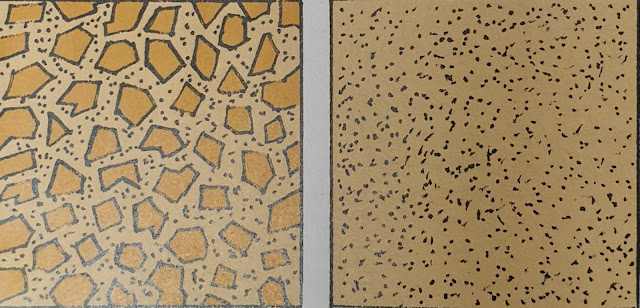National Board of Examinations in Medical Sciences have declared the dates for NEET MDS, NEET PG & other exams. Candidates can check the exam dates below. NEET-MDS 2023: January 8, 2023 DNB/DrNB Final Practical Examination – June 2022: October/November 2022 Foreign Medical Graduate Examination (FMGE) December 2022, Foreign Dental Screening Test (FDST) 2022: December 4, 2022 Formative Assessment Test (FAT) 2022: December 10, 2022 DNB/DrNB Final Theory Examination – December 2022: December 21, 22, 23 and 24, 2022 Fellowship Entrance Test (FET) 2022: January 20, 2023 FNB Exit Examination 2022: February/March 2023 DNB/DrNB Final Practical Examination – December 2022: Feb/March/April 2023 NEET-PG 2023: March 5, 2023 Distribution of subject wise questions in NEET MDS examination. The candidates are being advised to check the details and the updated information at the NBE website - https://natboard.edu.in/ as the dates mentioned are tentative and subject to approval and confirmation.



